Posted on: 28.01.2020
Disrupting HR: The highlights and key takeaways from our panel event
Before the advent of the digital age it made sense for HR to embrace a “rules and planning” based model where career paths were predictable and business leaders set out five to 10 year plans and stuck to them with vigour.
As tech continues to disrupt everything about the way in which we live and work, organisations are increasingly reliant on their capacity to embrace change and modernise rapidly. HR is no exception but often seems to have been left behind in the transformation. With businesses experiencing such a rapid pace of change, a simpler and faster HR model is needed, one driven by feedback from participants and based on the employee experience.
Hanson Search brought together a panel of experts to discuss some of the biggest disruptions to HR in 2020 and look at how some organisations are effectively adopting agile models to pull this critical business function into the 21st century. Read on for all the highlights and key takeaways from our discussion.
Our expert panel included:
Dean Aston, People Director, Babylon Health
Jane Fordham, HR Consultant, Specialist in Diversity and Inclusion
Jess King, Head of HR UK, Burson Cohn & Wolfe
Charlotte Macartney, Group People & Talent Director, CSM Sport & Entertainment
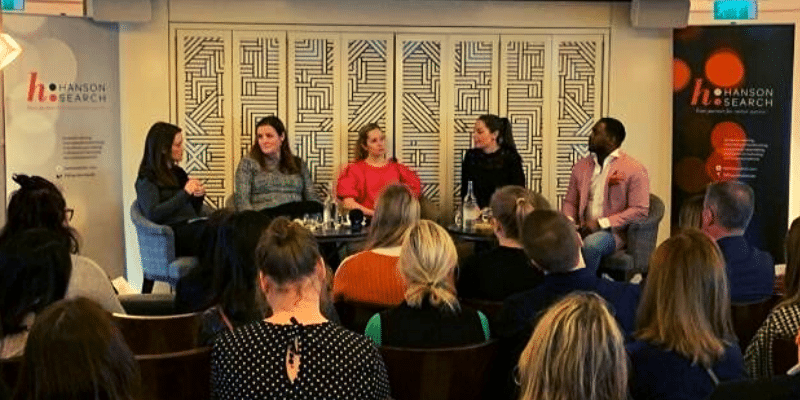
Talent is scarce and turnover is incredibly high. The focus must be on the whole employee life-cycle
Dean Aston’s journey as People Director at Babylon has been a fast-track one, with the business growing from 350 employees to over 2,000 in the space of two and a half years. He stressed the importance of people analytics and the use of data to ascertain where to focus when looking to enhance the employee experience. In scaling an organisation globally, the use of data to continually monitor the employee sentiment is imperative, he argued.
‘Once I started to understand the importance of systems, automation, and trying to reduce human error in processes, I took on a role in people operations and set up our people analytics division. I saw that over time data was becoming increasingly important: using data to influence stakeholders and where they invest, understanding what the key priorities are across the workforce and understanding how we can use data to tell us what processes to invest in to give employees a world-class onboarding experience, for example.’
How do we design an organisation that is fit to scale globally?
Charlotte Macartney acknowledged that as companies grow the challenge of communicating with employees with a personal touch becomes ever more difficult. ‘When you grow as a business, the way that people communicate and the way that you get the culture and messages out there to achieve a level of engagement becomes much more challenging. It’s difficult to get that feel and that personal touch without having to put loads of processes in place. Founders need to trust in their talent acquisition team and learn to let go.’
The Employee Lifecycle. From acquiring talent to onboarding, through to retaining talent, what are the changes we need to see in that employee experience?
Jane Fordham insisted that learning to listen is the key to improving and transforming the employee life-cycle. ‘In organisations that are either small or massive, the key is that leaders need to listen and actually hear. To quote Kofi Annan, “you’re never too young to lead and never too old to learn.” The communication and information flow has to be two-way so that the people at the coal face are empowered and have enough information to be able to make on-the-ground decisions.’
‘It’s not about doing what we think we should, but actually doing what’s right for the people in front of you.’
Jess King gave her insights from Burson Cohn and Wolfe’s recent merger: ‘Listening has been the most critical piece. It has been a huge journey of enquiry with listening to employees and engaging with senior stakeholders and our global board. There has been a real method approach to how we have gone about the enquiry. We’ve tried to procreate the lessons we’ve been learning with staff across the world. The ambition was not to take over with the culture, but to create one that was better than each individually. In doing so you must go through a process of enquiry to make that possible.’
How do we dispel that waterfall management culture and get staff involved right from the start?
‘We were lucky in that our CEO invested in a Chief Culture Officer to architect the transformation of our business,’ said Jess. ‘We rolled out a lot of focus groups across the globe to get a true sense of people. Following the merger, we essentially had three groups of people; 1) those who were excited and saw it as an opportunity, 2) the people who were OK but needed to be told what to do, and then 3) the people who were sceptical and cynical. The challenge was to create a culture of 1s and to cascade an approach and a mindset.’
How are People functions coping with Brexit and IR35 and the changing demographics of the workforce (with likely four generations in the workforce now)?
Charlotte admitted that it’s a challenge. ‘At CSM we currently have about 1,200 employees around the world and we’ve grown up through fourteen acquisitions. Not only do we have four generations; we have everything from factory workers, to truck drivers, right through to long-term strategic digital consultants – so the people initiatives which we develop have to be really agile and successful. If we don’t have people initiatives which are light touch and accessible to everyone, then people just won’t engage in them. What we’ve found really works is anything that’s cloud-based and that people can easily access. When it comes to challenging political situations you just have to roll with it and prepare as much as you can. It’s about being on your toes and being able to pivot and have a couple of back-ups.’
Dean added, ‘when we talk about the labour market – be it Brexit or IR35 – all of that impacts the availability of talent, which impacts supply and creates a more competitive landscape. You therefore need to use analytical tools to understand very quickly what the talent landscape looks like across the world and from that develop your strategy. We’ve had to heavily invest in asking, “what is the experience that people will have, or should have, when they come to Babylon” – ultimately we need to be looking at those insights to pivot and counter and ensure that the brand message is strong.’
When people arrive, ensure that their experience is consistent with the expectation they had before joining.
I also think it’s important to use tools – for example, one of the initiatives we have is to scale our workforce globally and we’ve had to recruit people in local markets to deliver parts of the service sector. Talent insight via LinkedIn has helped us to ascertain what the demographics of the workforce out there are and what it will cost us to scale.’
‘There is a real opportunity in the workplace to have some sort of consistency or continuity… if you concentrate on that culture and psychological safety within the workplace you can maximise what’s reasonable for your business’ Jane
‘If we think of the socio-economic and macroclimate trends we’re all feeling a bit discombobulated and if you extrapolate that in our social and personal lives there is a real opportunity in the workplace to have some sort of consistency or continuity. Not rigidity, more that you know what you’re going to get and that you’re going to be supported, and that leadership and culture has got your back. In short, you know what’s expected of you and you know what’s expected of The Brand. Acquisition and retention are very different now and we have to accept that you’re not going to have employees for life – nor do we want them – but if you concentrate on that culture and psychological safety within the workplace you can maximise what’s reasonable for your business.’
Does HR have the ear of the board?
Charlotte suggested that ‘it totally depends on the leaders and the environment, but you have to build that credibility. It’s very much about listening to what people need and not coming out with a rule book. In any company HR will always have a battle to be heard at the senior level, no matter how centric the people are to the business.’
‘It’s common for CEOs to perceive HR as just a cost centre, but above that is a strategic partnering piece,’ added Dean. ‘When the workforce is engaged, they come up with fabulous ideas – they make a great impact. Over time we’ve had to use engagement data to show leaders that if we run people initiatives they’re more likely to achieve these business goals.’
Jane cited The happiness Advantage by Shawn Achor which recognises that there is a 31% uptick in performance if your brain is in a neutral or positive state. ‘You can tangibly help to transform a business through its people,’ she added.
Does too much emphasis on culture or employee experience take away from profitability or the bottom line?
‘CFOs can be challenging and very often see HR as a cost centre – and you need to tailor your language accordingly,’ advised Charlotte. Jess added that ‘the use of data and science can be very helpful in translating the value to the business.’
How do you manage succession planning and top talent through the pipeline?
Dean’s advice was to ‘invest in psychometrics and ask what are the best behaviours and attributes that lead to success in specific types of roles.’ Charlotte added that ‘career shadowing and job swaps help, as job roles inevitably do change.’
Jane said that ‘we don’t have linear careers anymore, and the idea of ‘doing more dabbling’ (cited from The Squiggly Career) and dipping into different parts of the business helps to broaden horizons.’
Technology and automation are having a huge impact on businesses – and with that the nature of roles are going to change. Is there an opportunity for HR to play a strategic role in determining the shape and look of a business?
Dean admitted that automation will inevitably replace administrators that are running manual processes and that will generate cost savings. ‘I think that we will see those HR administrational roles moving more into project management and business partnering role looking at business analytics. Investing in the HR IS system early on will be imperative because with a good HR system you will be covered by an automated systematic process. Without the investment, there will be too much human error for the team to function efficiently as the business scales.’
He advised business early on to:
1) Invest in a good HR system
2) Map out all the operational processes and ask what can be automated
3) Make investments to future proof the next ten years
Jane added, ‘where and when and how you work is almost irrelevant. It’s about achieving the desired impact – and it’s exciting to look at different models and strategies and ways of working.’
Charlotte added, ‘One of the real benefits to CultureApp is that you’re able to analyse survey results and it helps you to prioritise and identify what a highly engaged employee within the business looks like.’
What advice would you give to someone working for a fast-growing start-up?
Having seen Babylon’s workforce grow from 350 employees to over 2,000 in the space of two and a half years Dean’s advice was to ‘manage your energy! The start-up culture is stressful. Also, read as much as you can so that you can understand what’s coming. And try your best to understand business so that you can start to understand the context of the conversations your leaders are having about what to do next. That way you can start to add value and grow your career quickly.’
Charlotte: ‘Be forgiving of yourself, because you will make mistakes.’
Jess: ‘Keep it simple – because innovation drops as things get more complicated.’
Jane: ‘HR is not for HR people, it’s for the business leaders. If the people that are running and delivering the business are on board with it, everybody wins.’
How can you improve employee engagement with minimal investment?
Charlotte advised, ‘Sometimes you have to be very creative, and it can be really tricky. If there’s a language that you can talk which unites the business and ties in with the business that can help. Develop ideas in-house and read lots of things. Recognition schemes which shout out to key players can work well – there are plenty of light-touch things which you can do to help.
‘Getting a hold of your company’s true meaningful values can help to rebuild trust in a business when everyone buys into it,’ added Jane
Jess: ‘Be vulnerable and honest – and listen.’
Dean: ‘Work with the CEO to influence them to have an investment mindset. Try and make employee surveys as frequent as possible. If you can send a survey every two weeks, it allows you to respond more quickly to what your people are telling you.’
Jess – ‘don’t underestimate the power of community and getting people together in a room face to face and getting their feedback.’

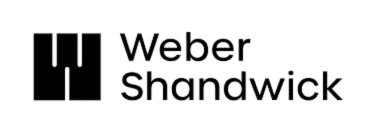


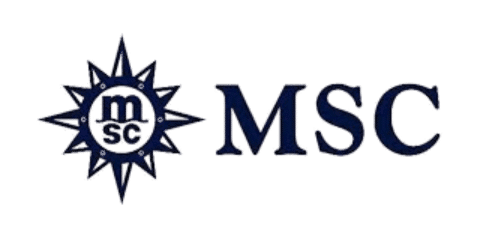


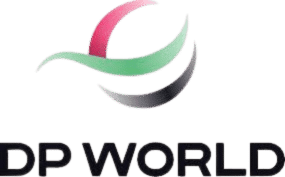



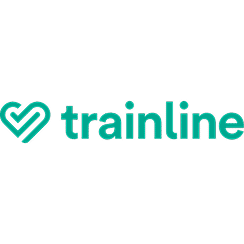

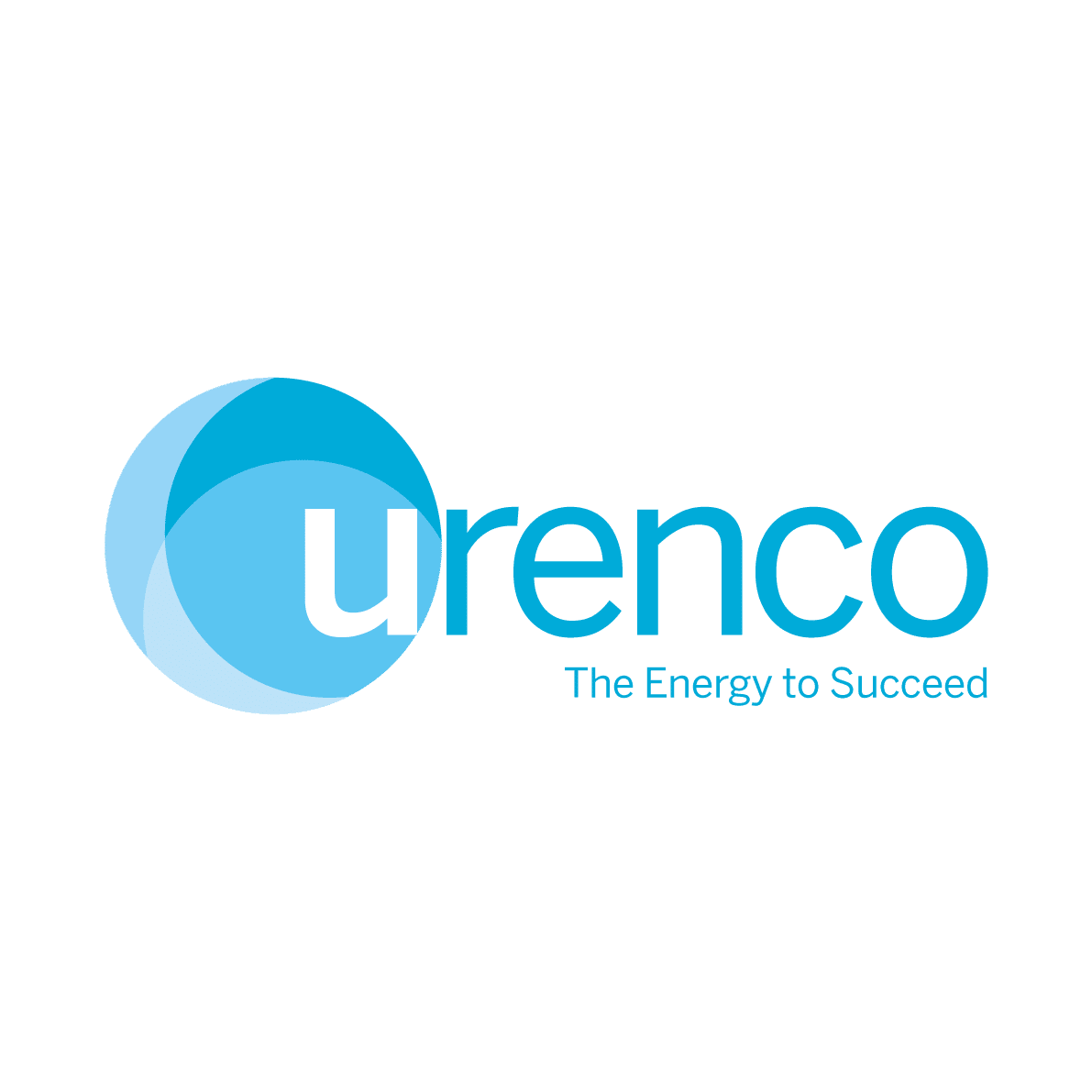
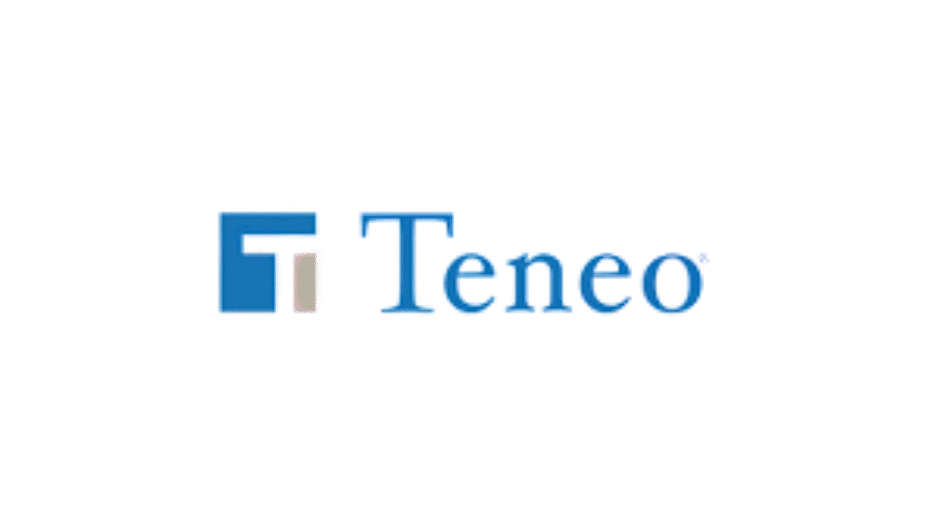











 Career Enquiry
Career Enquiry
